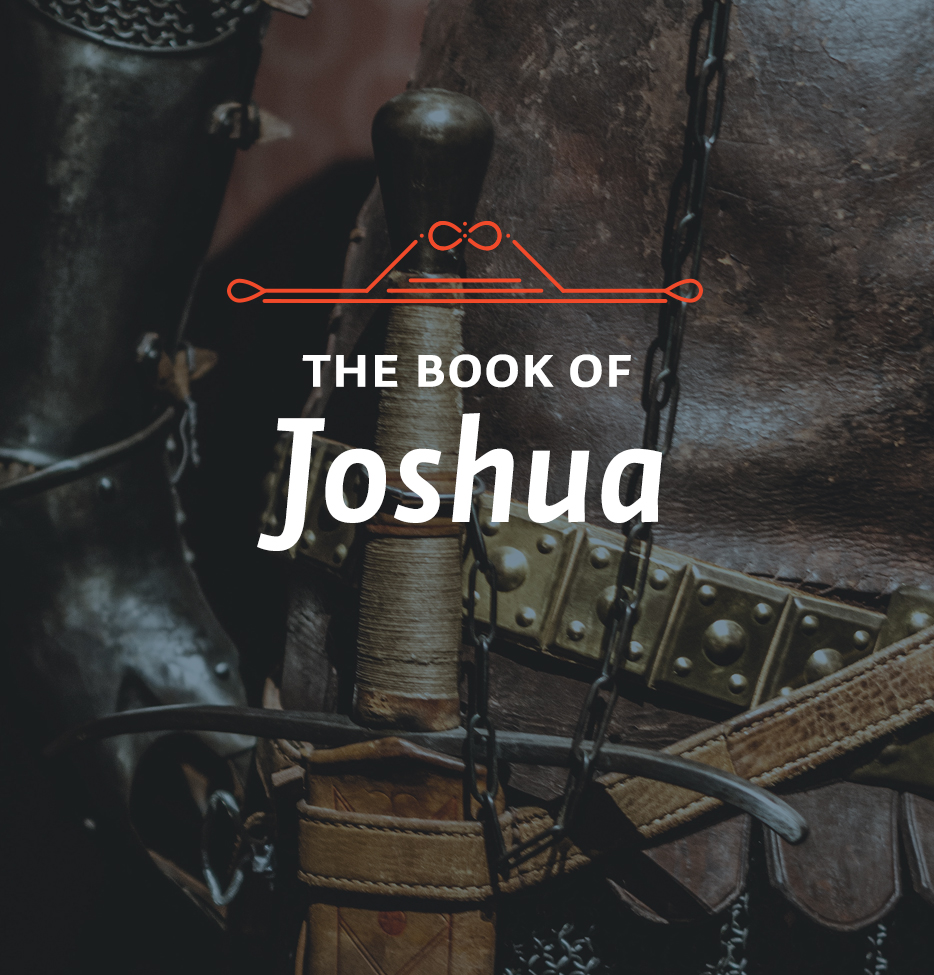THEME: A Change in the Story
This week’s lessons describe another part of the conquest of Canaan, and teach us important qualities of leadership from the life of Joshua.
SCRIPTURE:Joshua 10:16-43
In the middle of Joshua 10 there’s an interesting change in the nature of the narrative that describes the Israelite conquest of Canaan. Up to this point in the story, there have only been three real battles. There was the attack on Jericho and the destruction of that city; the attack on Ai and its destruction; and then there was the battle at Gibeon that began outside the walls of the city and continued southward as the Jewish armies pursued the retreating armies of the southern coalition. And all of that’s been given in considerable detail.
For the battle against Jericho, we’re told of the details in the preparation, the march around the city, the fall of the walls, and the conquest of the city. And in the midst of that account of the battle, we have interwoven the whole story of Rahab and how she and her family were spared. The same thing has been true of the story of Ai. That also has been given in considerable detail. There was a first attack and a defeat, because of Achan and his taking of the things that were dedicated to God. There was a reassessment on the part of the people as to what had gone wrong. There was an examination and an uncovering of the sin. And then there was a second attack, and even the details of that attack were given in great detail. Various groupings of the army were set, there was an ambush, and so on. And the same thing is true of the story of Gibeon in this battle that took place outside its walls.
But as I say, at about the middle of the tenth chapter this changes. And from this point on, many important battles are given in what is a relatively short compass. If we look at the entire conquest, we recognize that it fell into three major campaigns. There was a first campaign, a phase of the battle that had to do with the crossing of the Jordan and the penetrating of the land as far as the high road that linked up all the mountain cities. It was a great military tactic, a brilliant maneuver, to drive a wedge into the heart of the enemy’s territory. The second was a southern campaign in which, having divided the country in two, Joshua turned south and defeated all of the major hill fortresses of that area. And then there was a third campaign, to which we’re yet to come in which he swung north and did the same thing.
And yet, of all that fighting, most of it is told here briefly in this middle section of the book. This means that chapters 10, 11, and 12, the last of which contains a summary of all the defeated kings, really describe the heart of this important and extensive conquest. Now the point to which we’ve come in our study of this book is the southern campaign. And it is already underway as the result of this attack on Gibeon by the coalition of the southern kings. The story begins with them at the beginning of chapter 10, when Adoni-zedek, the king of Jerusalem, got the other kings together and said, “Let’s go up and attack Gibeon because they have betrayed us. They’ve gone over to the Jewish side. And we’re never going to get anywhere in this campaign unless we hold everybody together.” So they attacked Gibeon.
Gibeon then sent word to Joshua to come and help them because they were allies. And Joshua, as we saw in our last study, instead of taking what we might regard as the easy way out or seeing this as an unparalleled opportunity to allow the Canaanites to attack and destroy each other at no cost to the Israelites, stood by his word to the Gibeonites and moved to their release. He traveled by night, and fell upon the armies unsuspectingly in the dawn and routed them completely.
STUDY QUESTIONS:
As we come to the middle of Joshua 10, what change does Dr. Boice mention?
How does the book of Joshua divide up the work of the Israelite conquest?
How would you answer someone who questioned the value of studying a biblical book with so much description of warfare and military operations?






